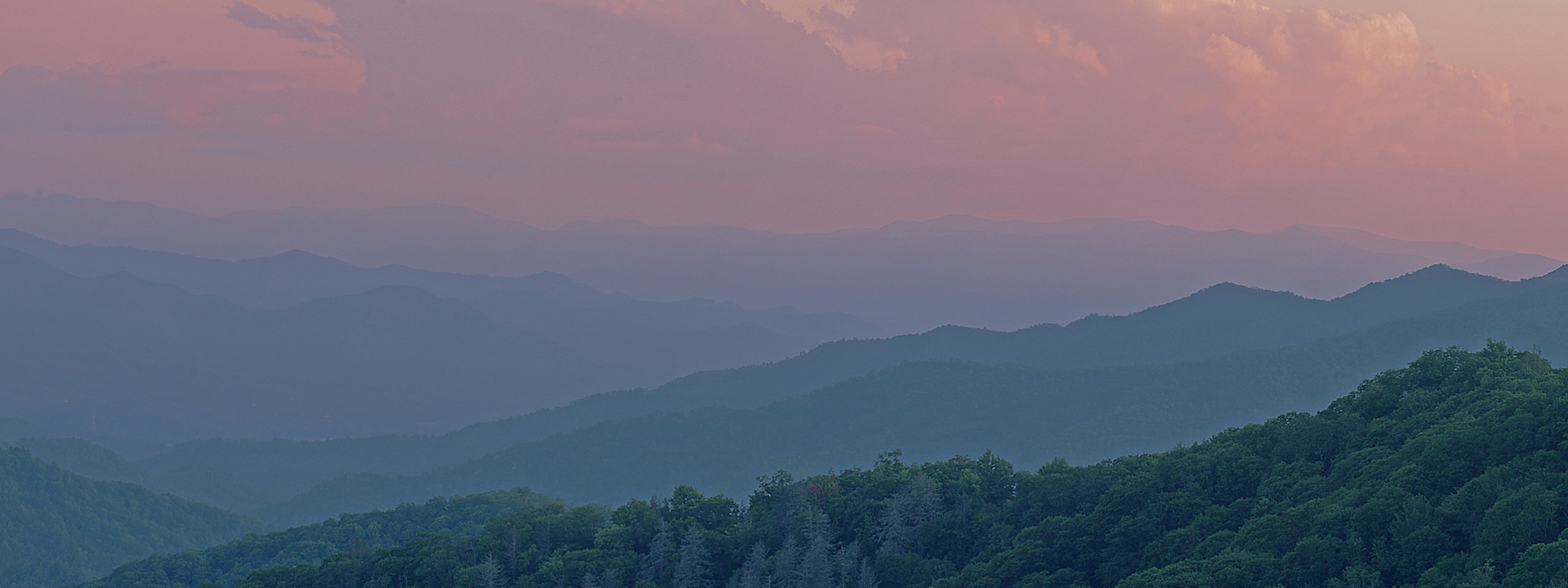
Within the constellation Virgo there are over 2000 galaxies known as the Virgo Cluster. One subgroup, near the tail of Leo, is known as Markarian’s Chain. Discovered by Armenian astrophysicist Benjamin Markarian, this string of galaxies shares a common motion through space.

In this image M84 and M86 are the larger, fuzzy galaxies near the top. In the center sits NGC4438 and NGC4435, also known as The Eyes. These two galaxies interact with each other, coming within 16,000 light years of each other in the past. The gravitational force from this close encounter tore material, dust, and gas from them. The galaxies were nicknamed The Eyes because they look like a pair of eyes in small telescopes. The annotated image below identifies the galaxies.

The annotated image above uses the New General Catalogue (NGC) for identification. The NGC contains 7,840 deep space objects including galaxies, star clusters, emission nebulae, and absorption nebulae. The NGC was originally compiled in the 1880s. It has gone through several iterations with a Revised New General Catalogue and Index Catalogue (RNGC/IC) compiled in 2009.
If you look closely at the image you can see additional, small galaxies in the background that are not labeled. In 1989 the Catalogue of Principal Galaxies (PGC) was published. This catalogue includes 73,197 galaxies. I added this catalogue and re-ran the annotation. I was awestruck by the result! I’ve included that annotation below; the number of galaxies in this small field of view is amazing.

The final image is from April 2020 data acquired with an ASI ZWO1600mm monochrome camera using a Canon 500mm f/4 lens. Red, green, blue, hydrogen-alpha, and luminance filters were used. The Hydrogen Alpha helped bring out some detail in NGC4438, NGC4388, and NGC4402. I did not notice that it made much difference on the other galaxies. In total 19 hours of imaging time made up of 90s, 120s, 300s were stacked and processed to create the final image.
- Luminance: 299 images, 30,630s (8.5 hours)
- Red: 93 images, 8,400s (2.3 hours)
- Green: 94 images, 8,940s (2.5 hours)
- Blue: 107 images, 10,260s (2.9 hours)
- Ha: 33 images, 9,900s (2.8 hours)

ZWO ASI1600mm-Pro, Canon 500mm f/4 IS L II
L – 8.5 hours, R – 2.3 hours, G – 2.5 hours, B – 2.5 hours, Ha – 2.8 hours



